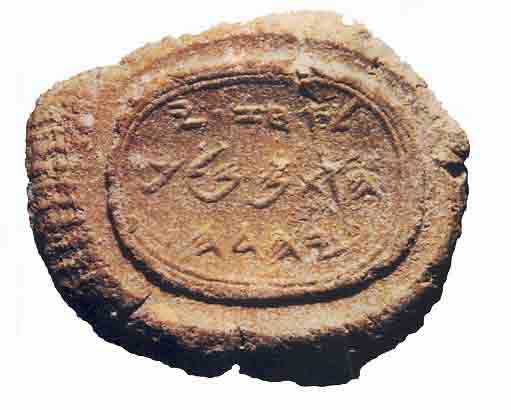Saintly Devotion

You are no longer strangers and sojourners, but you are fellow citizens with the saints and members of the household of God, built upon the foundation of the apostles and prophets, Christ Jesus himself being the cornerstone, in whom the whole structure is joined together and grows into a holy temple in the Lord, in whom you are also built into it for a dwelling place of God in the Spirit. (The Epistle of St. Paul to the Ephesians 2:19-22)
All religions and secular ideologies hold up certain people as exemplars for those who adhere to the beliefs of the religion or ideology. In the United States, we see this with respect to the Founding Fathers, for example. In the Church, most obviously we see this in the hundreds of saints venerated for their heroic virtue. Numerous other examples could be provided across a wide variety of societies, cultures, religions, political parties, et cetera. When it comes to the various versions of D&D, I’ve often read suggestions that saint-like figures be treated as demi-gods or maybe lesser gods. Most famously, D&D presents to us St. Cuthbert of the Cudgel, a mortal who ascended into the ranks of divinity.
If I were to write up something like a cult of the saints for a fantasy deity, I’d be less inclined to treat those saints as divine themselves, but what would I treat them as? Well, primarily they’d serve the same function as they do in the world today. They’d be role models, men and women and children who offer others examples of grace under pressure. In AD&D terms, they’d be heroes or quasi-deities rather than gods or goddesses. In 5E D&D terms, strong devotion to one of these heroes could be treated as a feat. Here’re a couple of examples:
Sacred Fool
You possess a strong devotion to a sacred fool. This hero is likely someone born into wealth and privilege who renounced his or her birthright in a dramatic fashion, thereafter living life as an example of traits counter to the hero’s culture. For example, a sacred fool born into an sophisticated urban society that strongly emphasized the acquisition of wealth might have become a humble beggar and preacher. Your devotion to a sacred fool provides the following benefits:
- Increase your Wisdom or Charisma score by 1, to a maximum of 20.
- You have advantage on Wisdom (Insight) and Charisma (Persuasion) checks as long as you have not inflicted damage on any intelligent creature since your last short or long rest.
- Choose one of the following spells: animal friendship, charm person, sanctuary, or speak with animals. Using this feat, you can the spell once at its lowest level, and you must finish a long rest before you can it in this way again. Your spellcasting ability is Wisdom or Charisma, depending on which score you increased with this feat.
Scion of a Divine Host
You possess a strong devotion to a martial figure known for his or her victories over unnatural creatures. Choose one type of creature from this list: celestials, elementals, fey, fiends, or undead. Your devotion to a scion of a divine host grants the following benefits:
- Increase your Strength or Constitution score by 1, to a maximum of 20.
- When attacking your chosen type of creature, you gain a +2 bonus to damage rolls.
- When you can see your chosen type of creature and it attacks a target other than you that is within 5 feet of you, you can use your reaction to make a melee weapon attack against that creature.
- You have advantage on saving throws made to resist attacks, spells, and magic effects made by your chosen type of creature.

